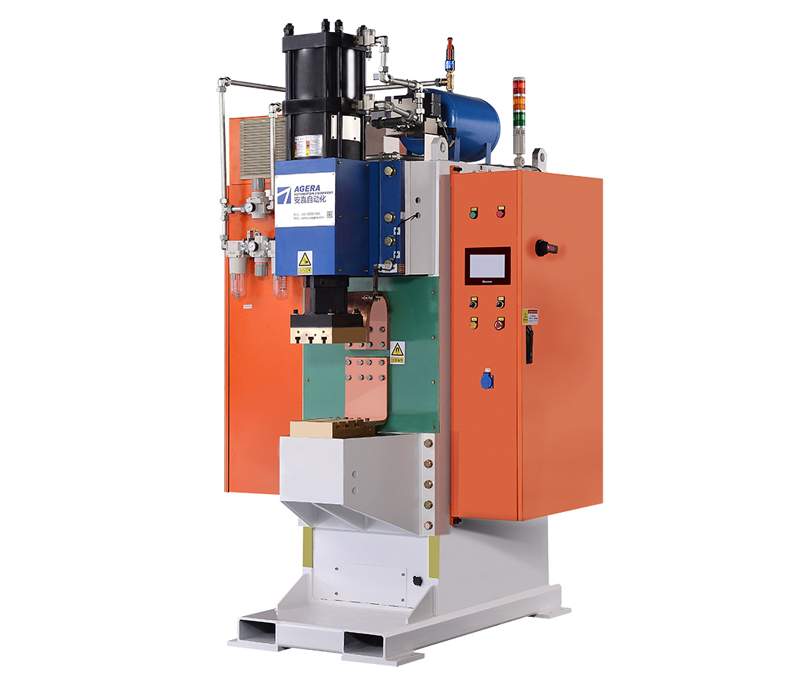Efficiency is a key factor in the productivity and profitability of capacitor discharge welding operations. This article explores various strategies to enhance the efficiency of a capacitor discharge welding machine, leading to improved workflow and better outcomes.
Efficiency Enhancement Strategies: Boosting the efficiency of a capacitor discharge welding machine involves optimizing various aspects of the welding process. Here are some effective strategies to consider:
- Process Planning and Setup: Efficient welding begins with thorough process planning. Determine the appropriate welding parameters, such as energy discharge, welding time, and electrode pressure, for each specific application. Precise setup minimizes trial-and-error and reduces wastage.
- Material Preparation: Properly prepare the materials to be welded, including cleaning, degreasing, and proper alignment. Clean surfaces ensure optimal electrode contact and reliable weld formation.
- Electrode Maintenance: Regularly inspect and maintain electrodes to ensure consistent and efficient electrical contact. Sharpen or replace worn electrodes promptly to prevent energy loss and poor weld quality.
- Optimized Energy Discharge: Adjust the energy discharge settings based on the material type, thickness, and desired joint strength. This prevents excessive energy usage and helps achieve optimal penetration.
- Welding Sequence Optimization: Optimize the welding sequence for multi-spot welding applications to minimize electrode wear and energy consumption. This can significantly increase the number of welds before electrode replacement.
- Cycle Time Reduction: Minimize non-productive time, such as electrode replacement and part loading/unloading, to reduce the overall cycle time. Streamlining these processes can lead to higher output.
- Parallel Processing: Implement parallel processing where feasible. Having multiple welding stations operating simultaneously can increase throughput without compromising weld quality.
- Real-time Monitoring and Feedback: Utilize welding process monitoring systems to gather real-time data on weld quality and performance. Immediate feedback allows adjustments to be made promptly, minimizing defects and rework.
- Skill Development: Ensure operators are well-trained in machine operation, maintenance, and troubleshooting. Skilled operators can optimize settings and address issues quickly, reducing downtime.
- Regular Maintenance: Scheduled maintenance, including cleaning, inspection, and electrode replacement, prevents unexpected breakdowns and maintains consistent performance.
Enhancing the efficiency of a capacitor discharge welding machine involves a combination of smart process planning, equipment maintenance, and skilled operator practices. By implementing these strategies, manufacturers can achieve higher productivity, reduced costs, and improved weld quality. Efficient operations contribute to a competitive edge in the industry, driving successful welding outcomes.
Post time: Aug-14-2023



